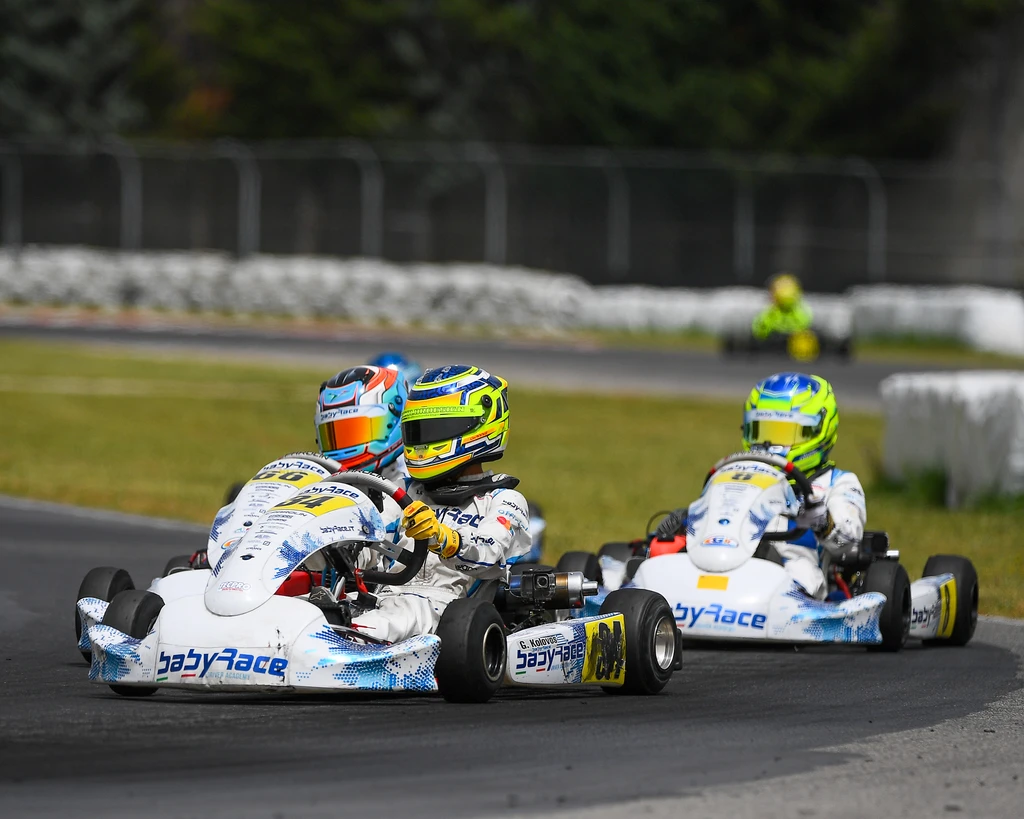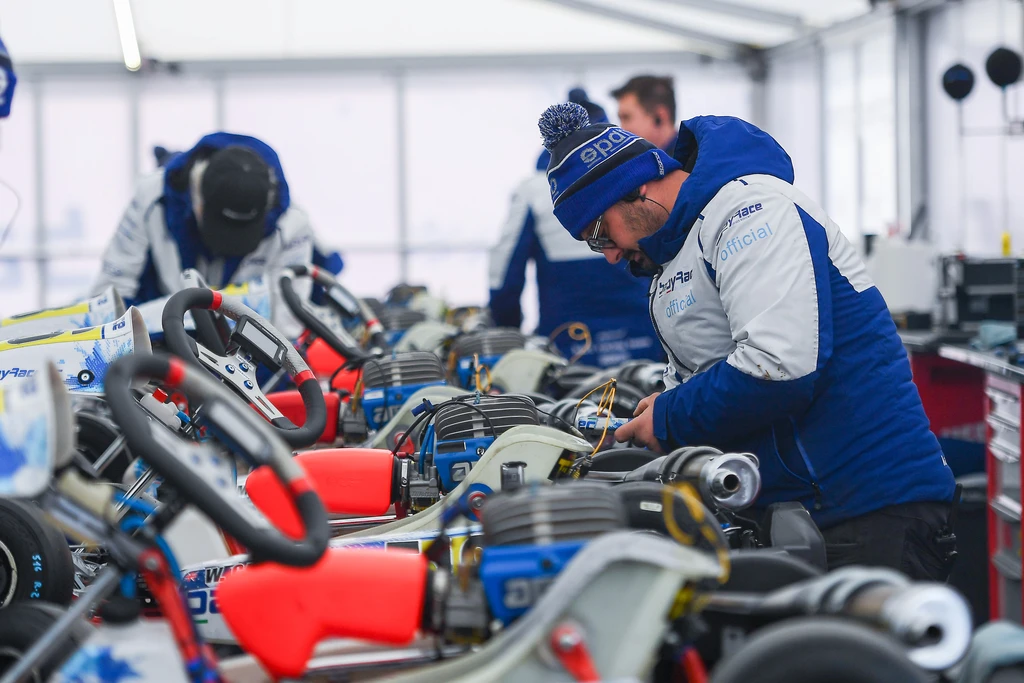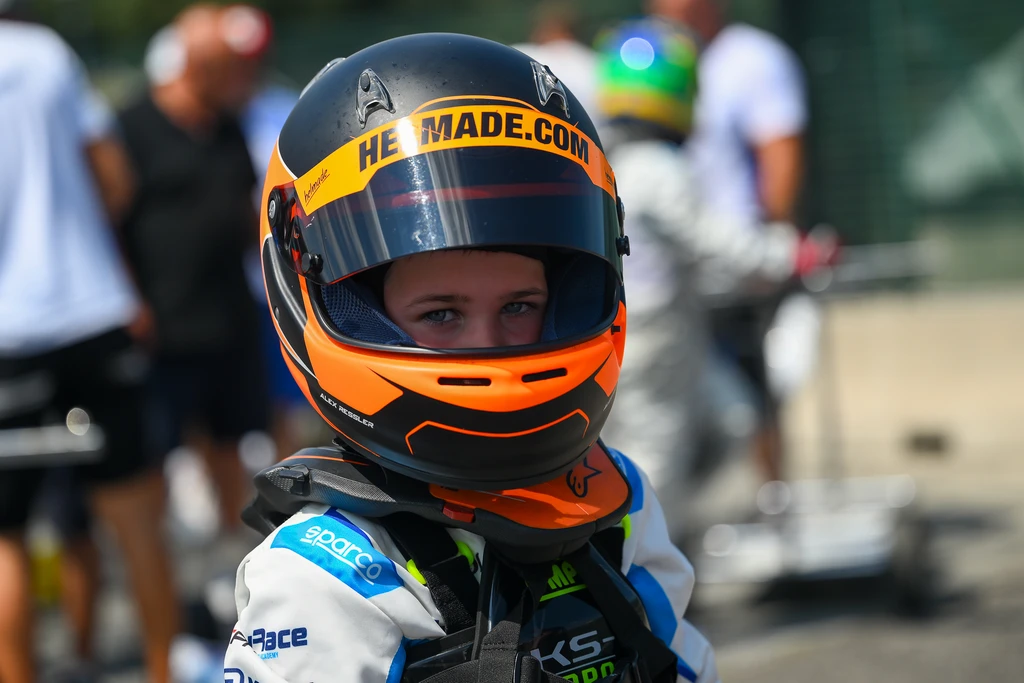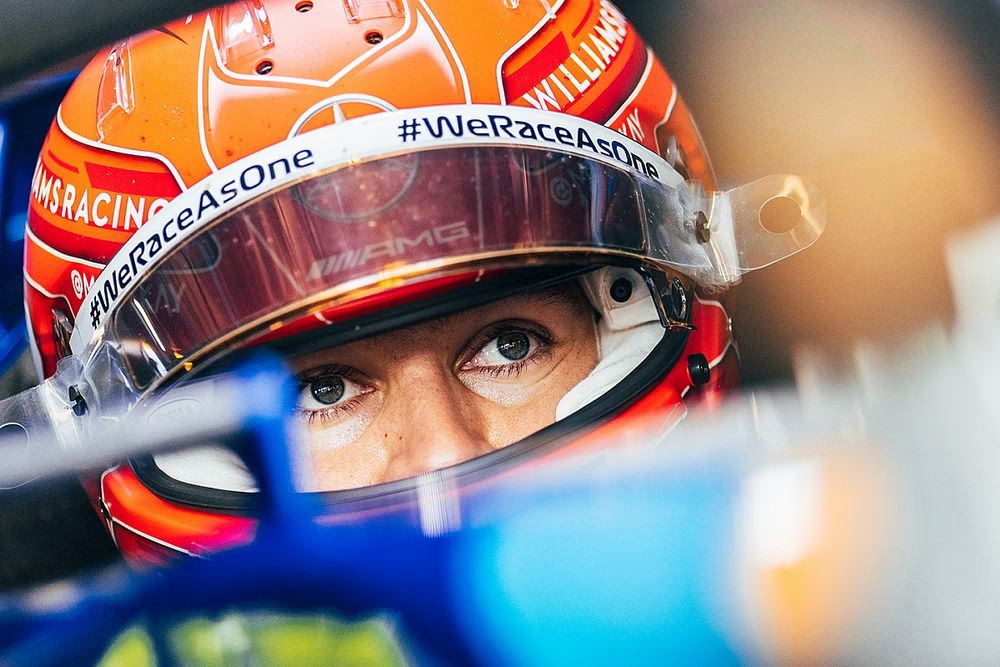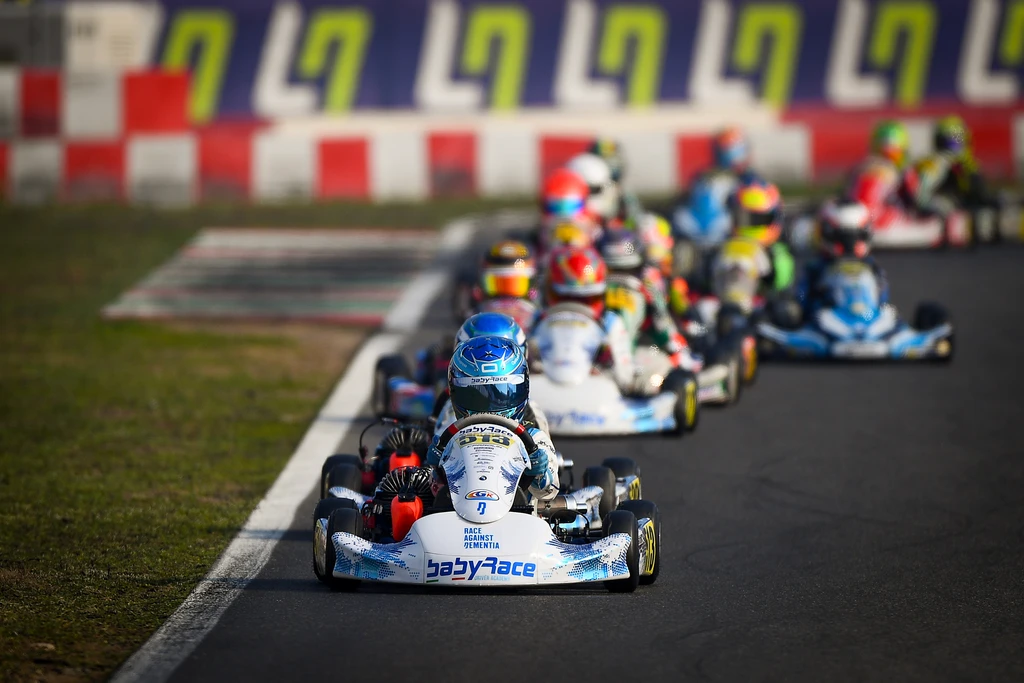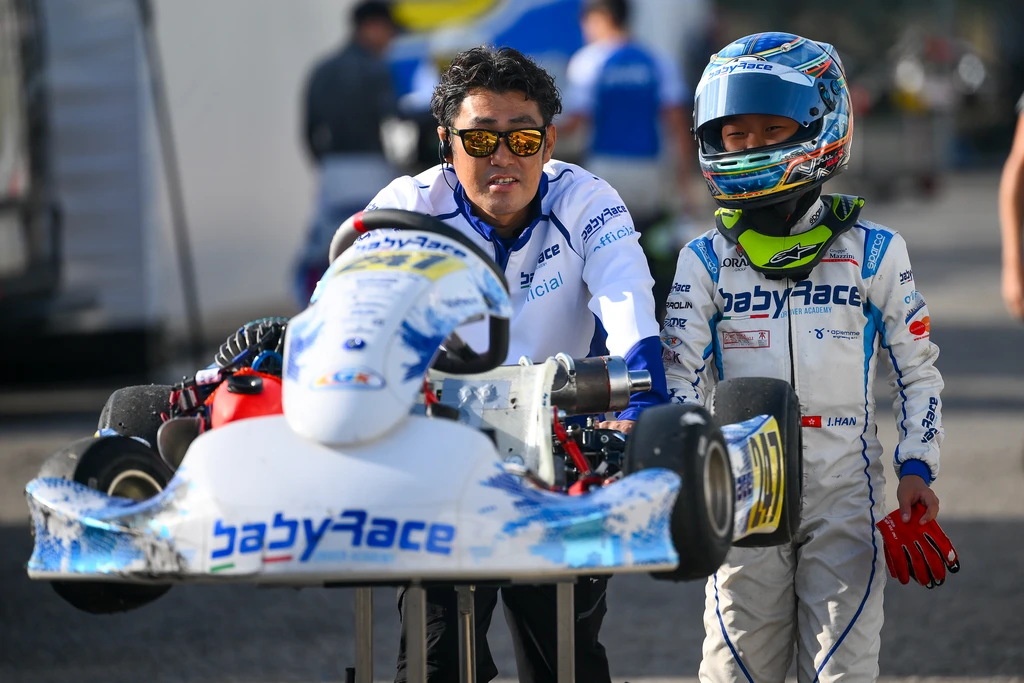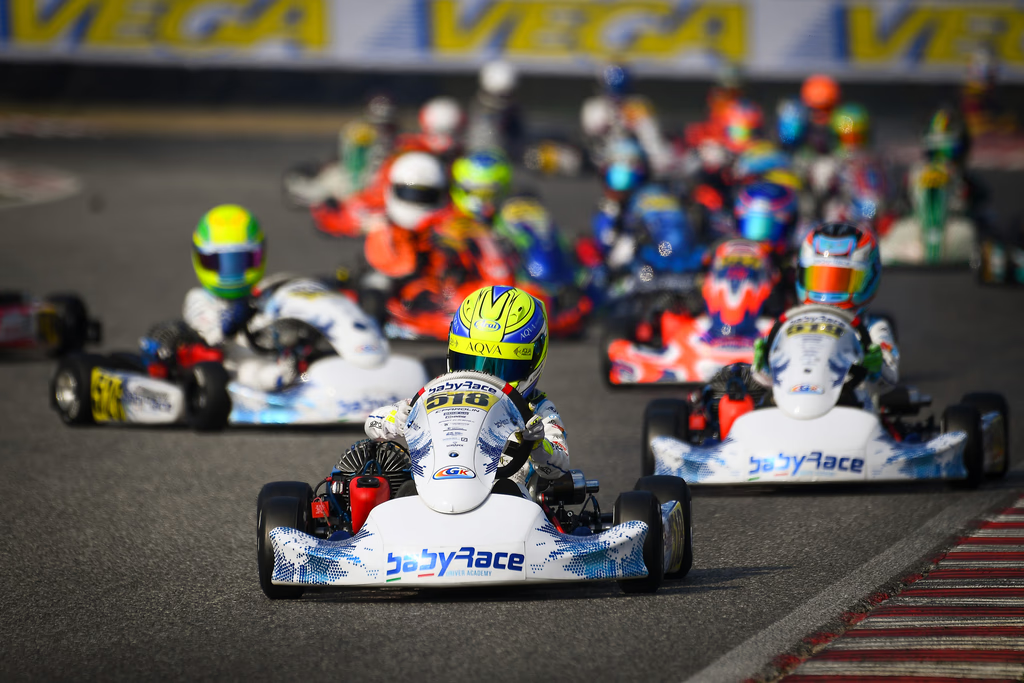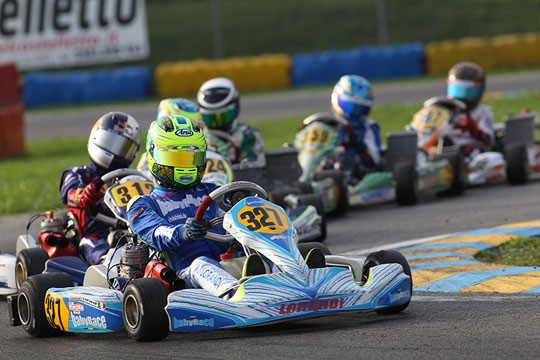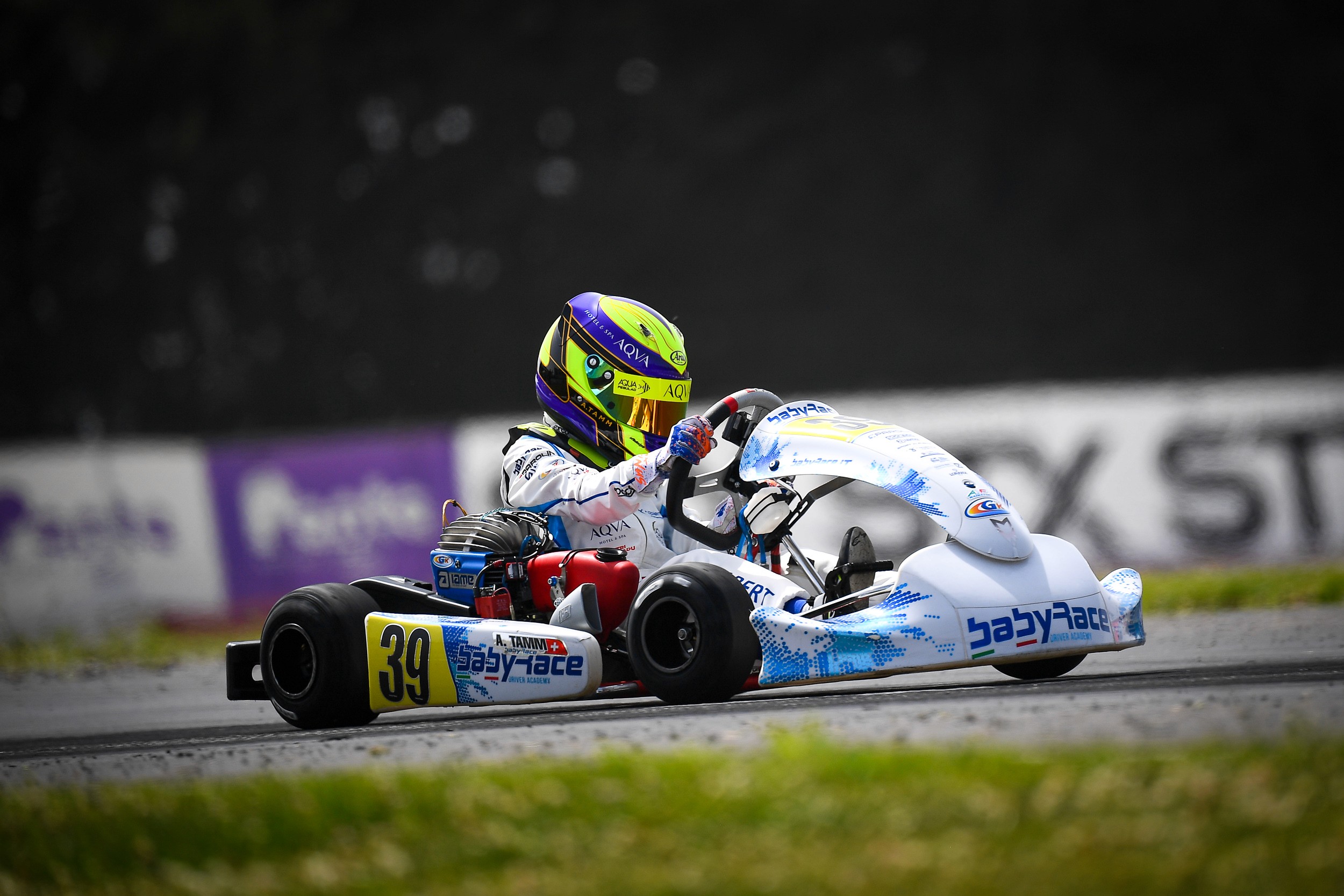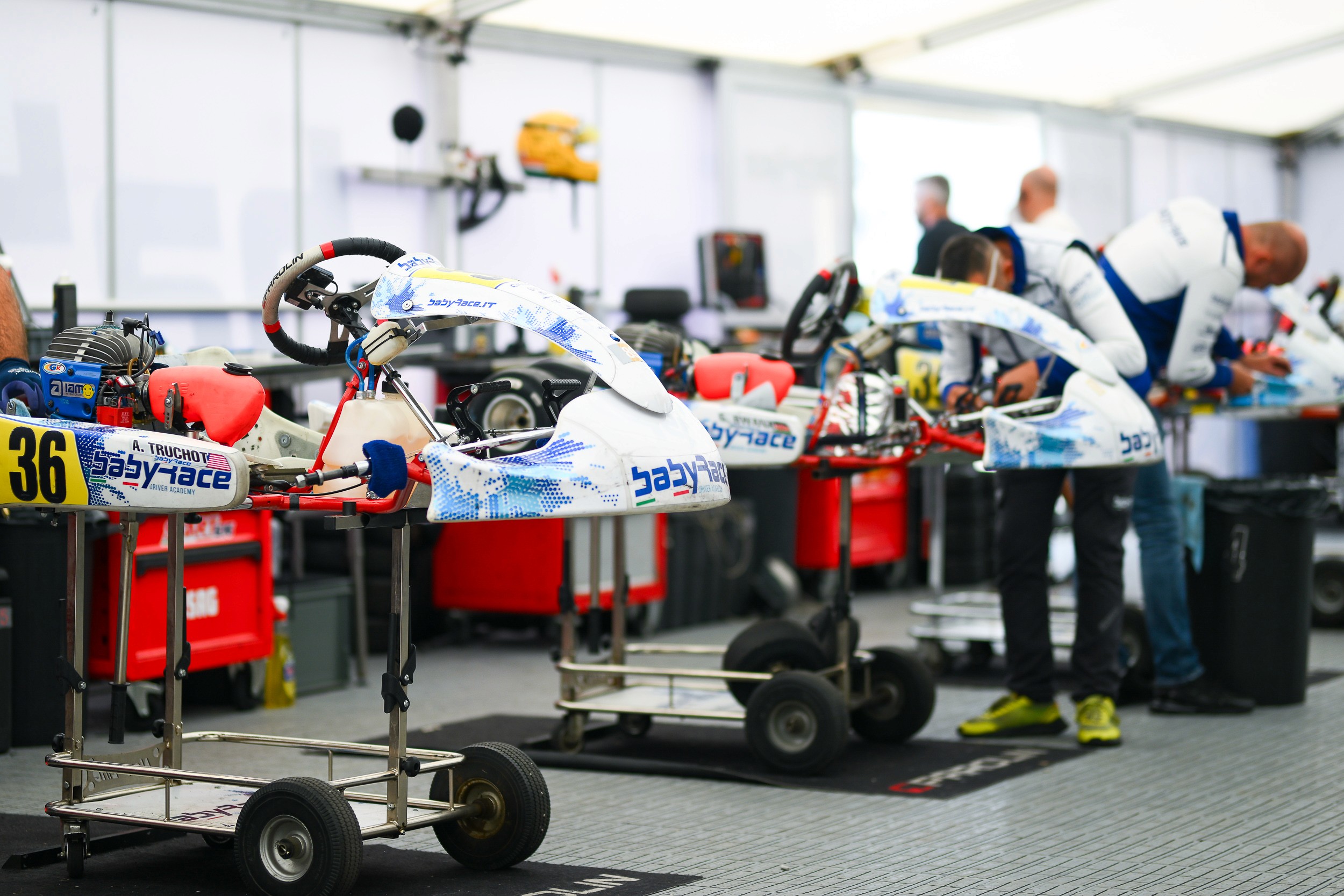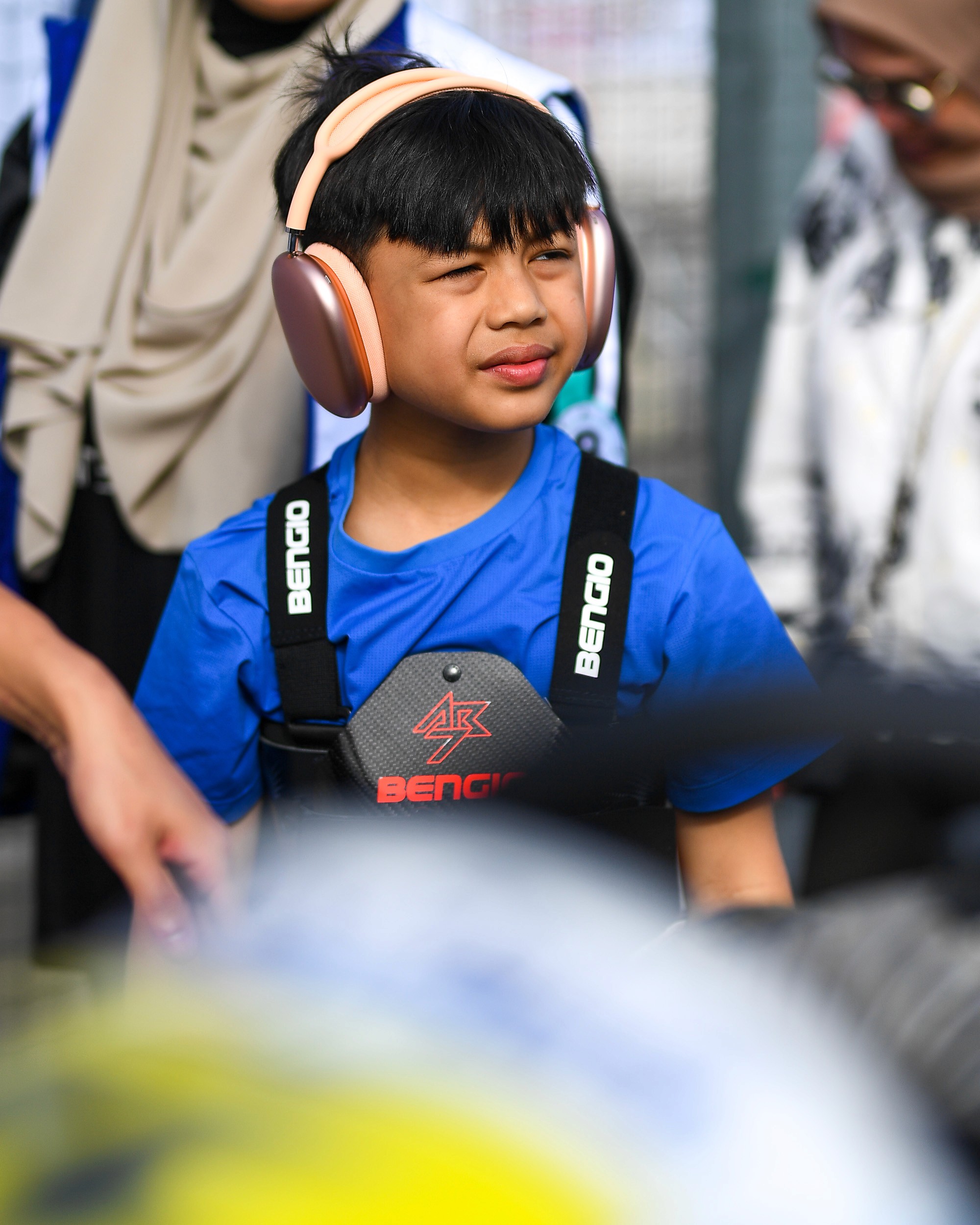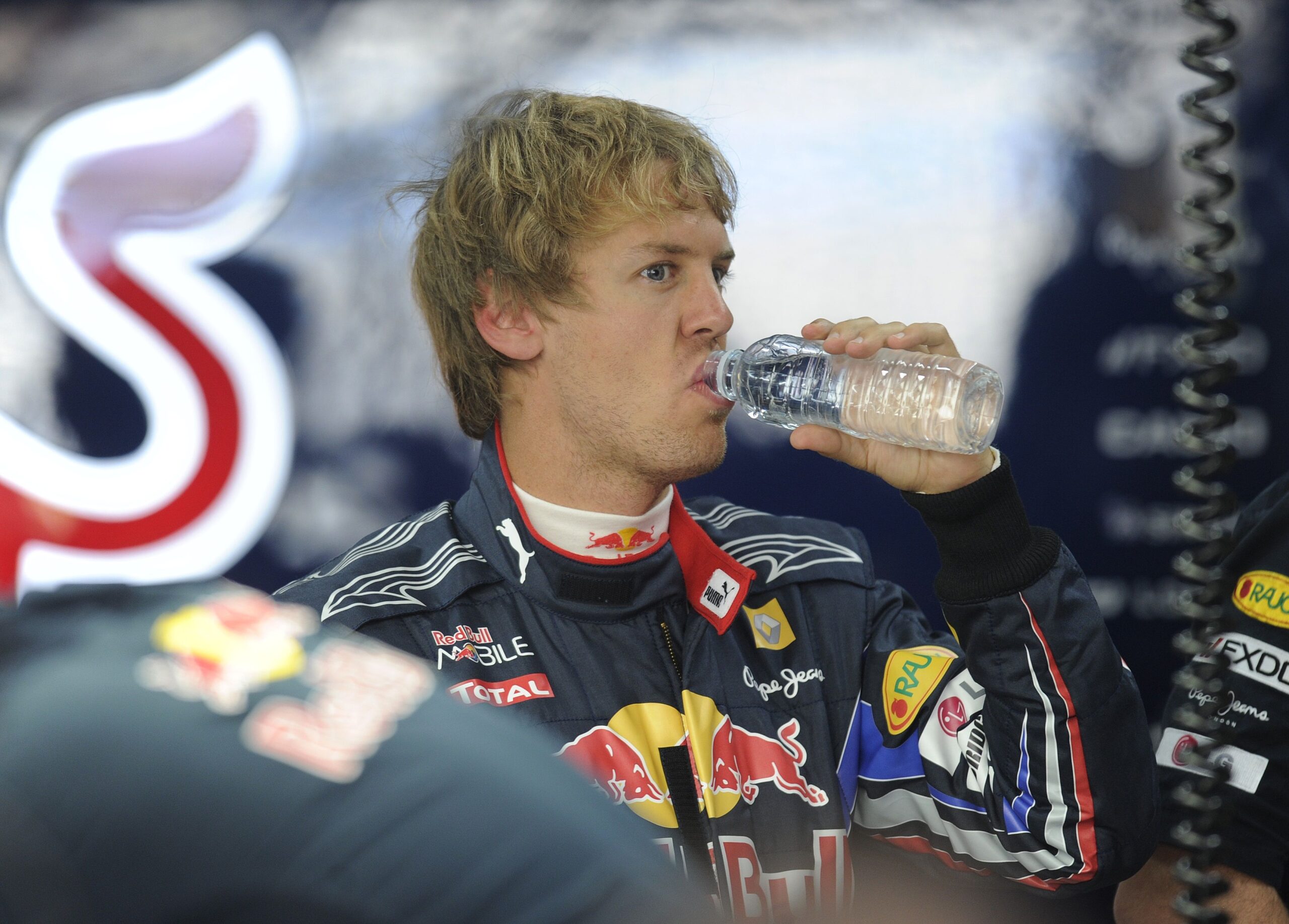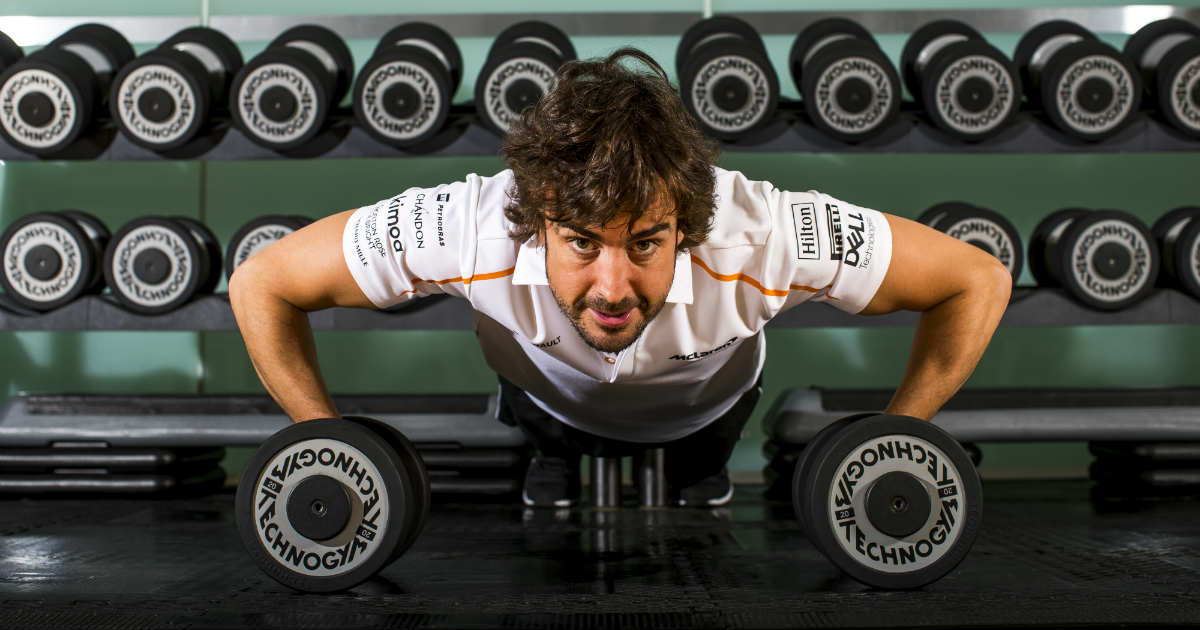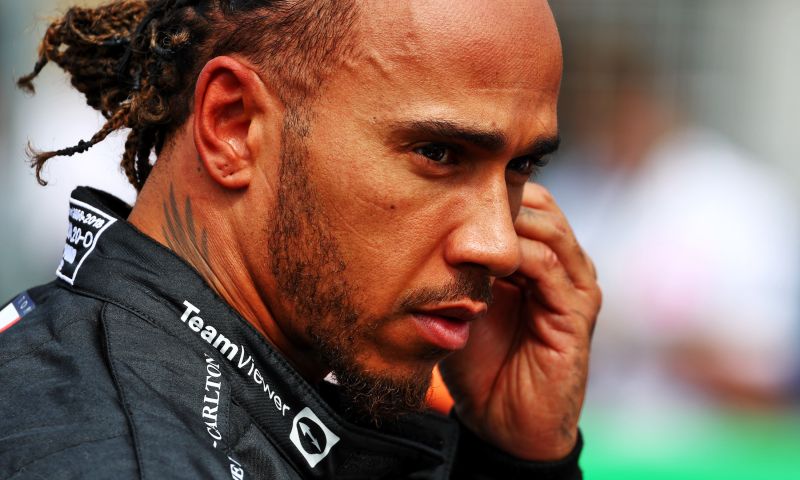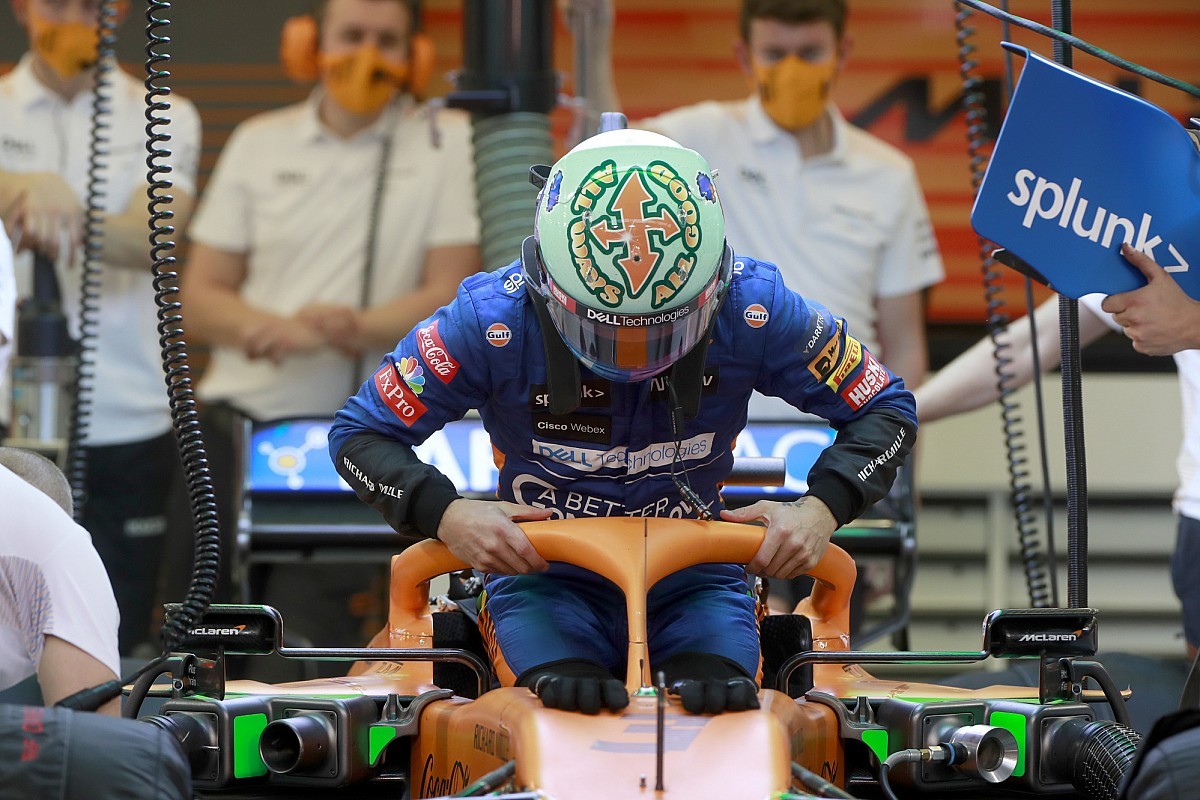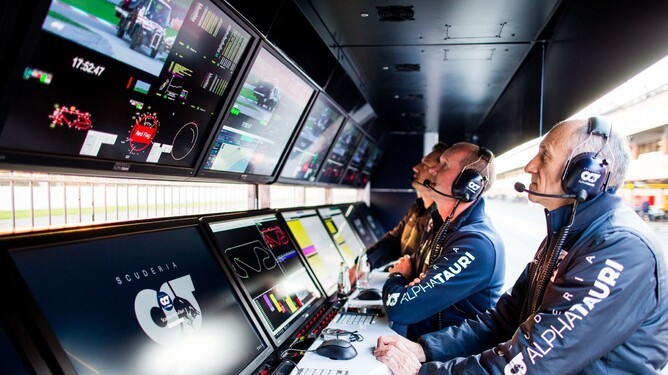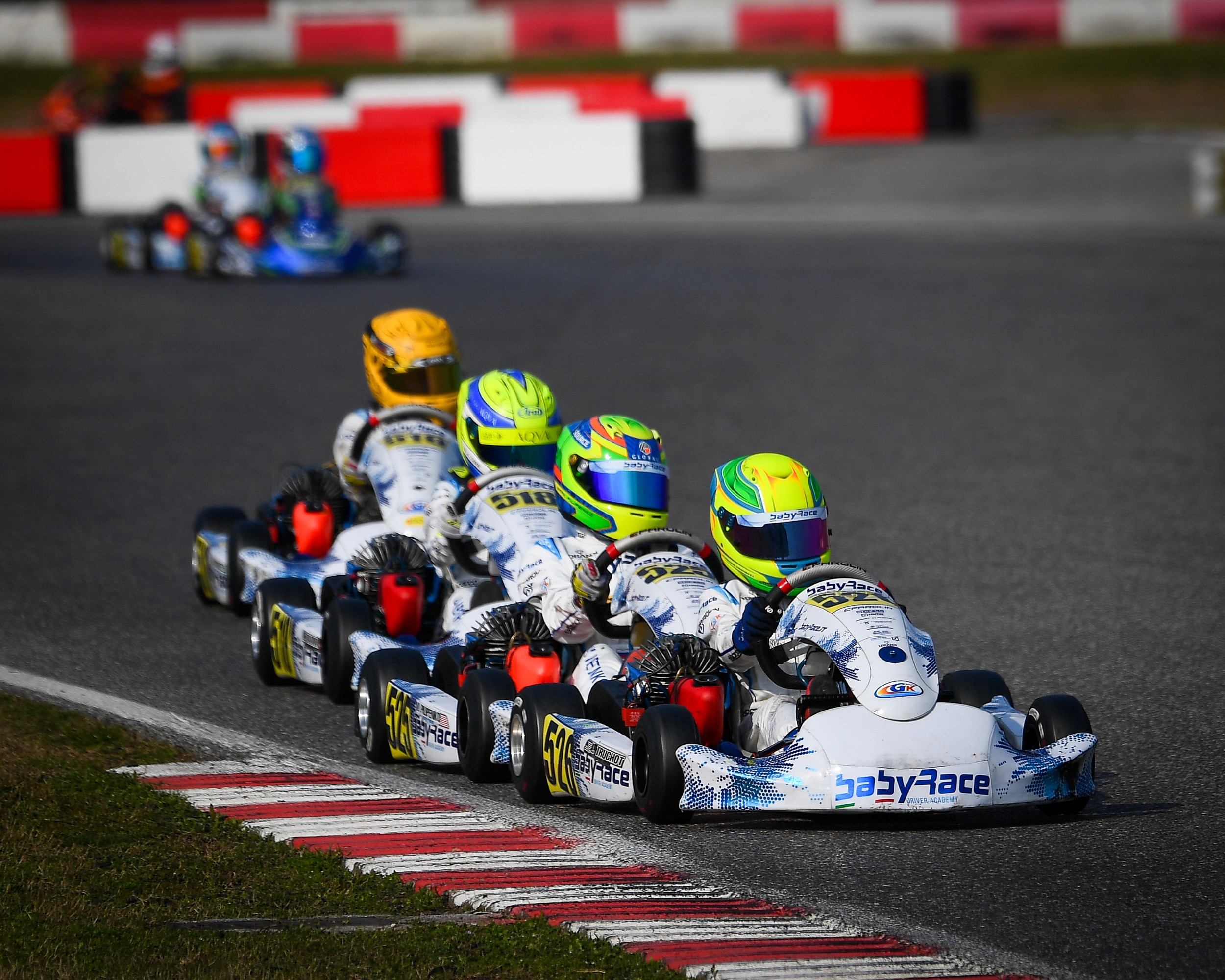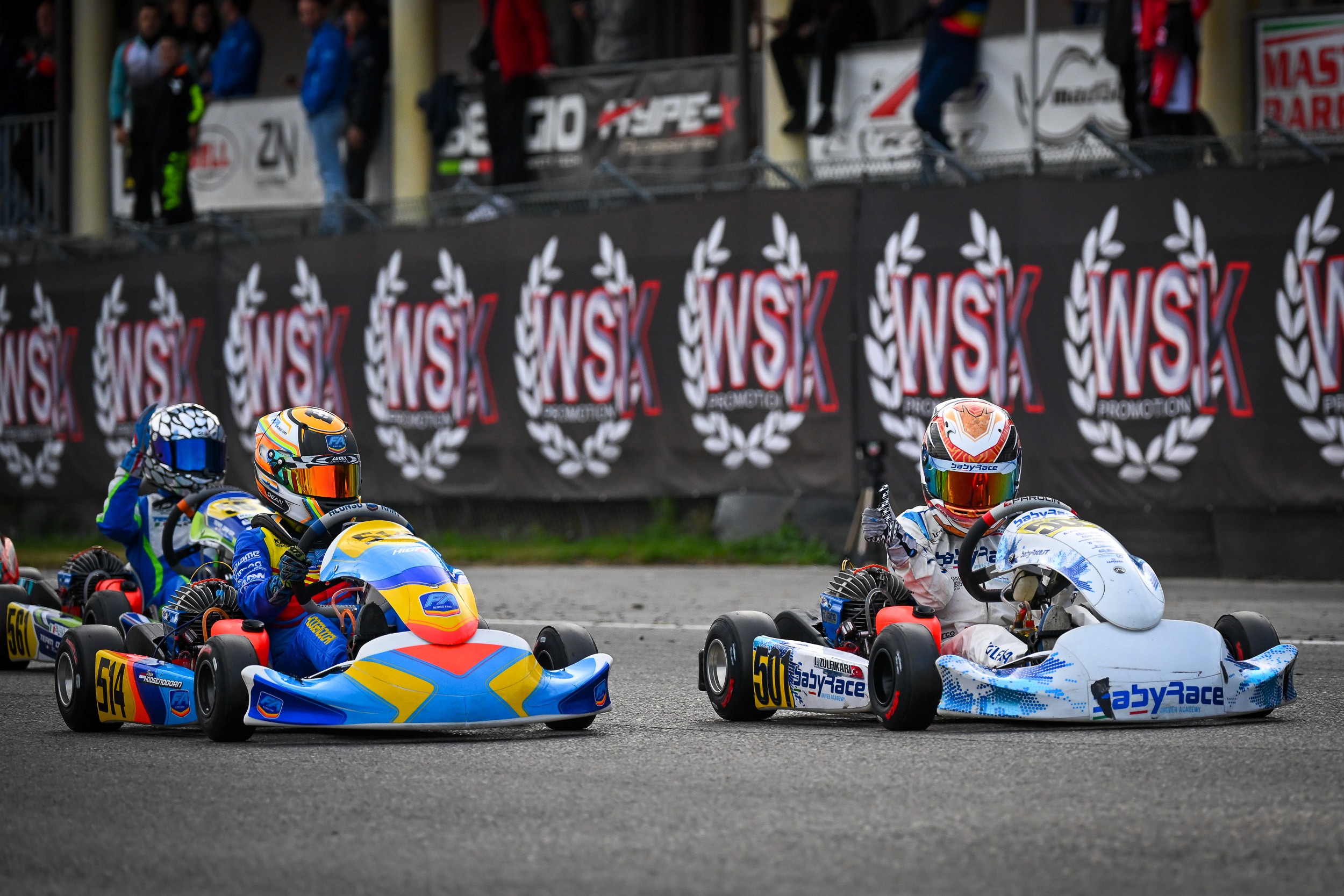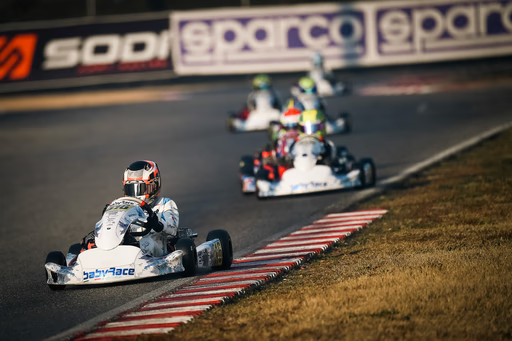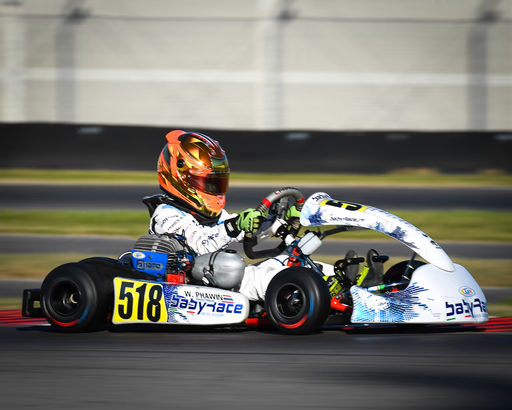If you’re serious about getting faster on track, squeezing every bit of performance like I do, then you have to start using video analysis.
I can’t stress this enough.
It’s one of the most underrated tools out there, and once you get into the habit of reviewing your sessions on video, you’ll wonder how you could have ever trained without it.
You don’t need fancy software to get started though, just your onboard footage, a notepad (or even your phone), and a bit of time.
Trust me, this stuff works.
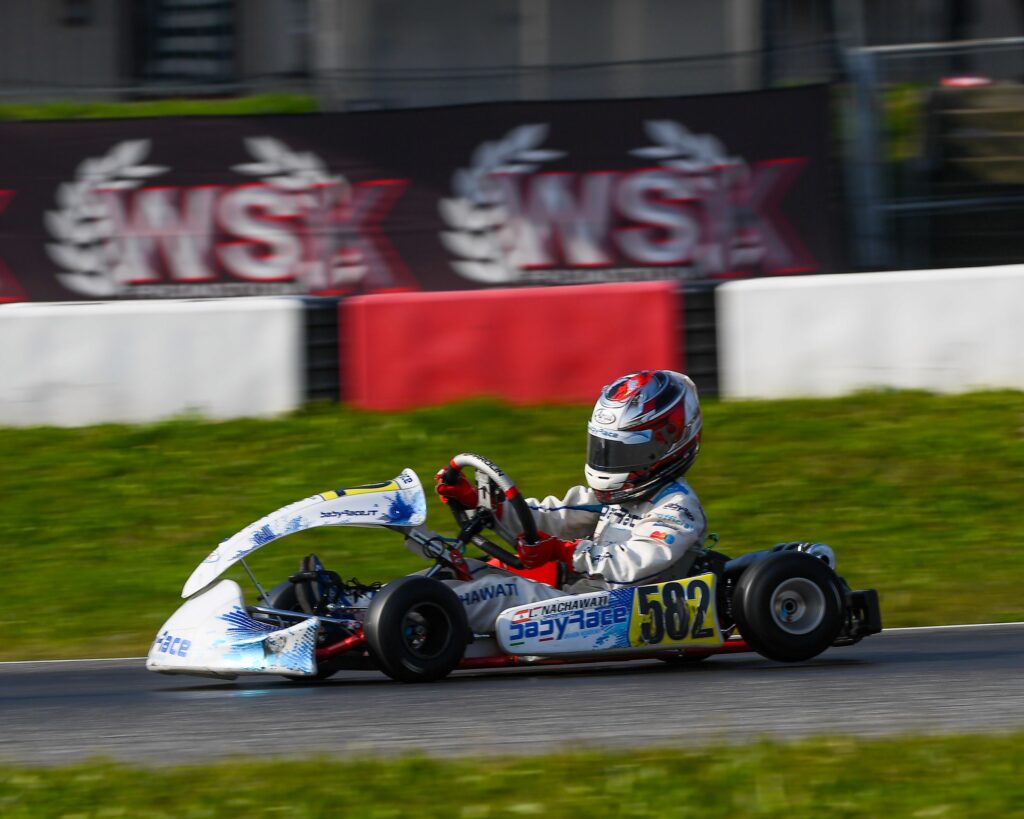
Why Watching Yourself Back Matters
When you’re out driving on track, it’s hard to notice every little mistake you make.
That’s normal — you’re in the moment, reacting, focusing.
But when you watch the video back, all of those small errors become super clear.
I mean, that’s why sports coaches in football, tennis, basketball, are all starting to rely heavily on technology and video in the last few years.
In our case with video we’ll spot things like:
- Turning in too early or too late
- Missing apexes by just a bit
- Braking too hard or not enough
- Not using all of the track available on exit
And the best part?
Once you’ve seen it, you can’t unsee it.
That awareness alone helps you fix it the next time you’re on track.
Compare With Others
Another great thing is comparing your onboard footage to other drivers, ideally faster ones.
When I was racing, I would always try to watch top drivers’ laps. I’d ask myself:
- Where are they braking?
- How much track are they using on entry?
- At what point do they apex?
- Are they taking more speed in than me?
- What’s their exit like? Are they using all the track available?
Even one or two small changes copied from a faster driver can shave tenths off your lap time.
And as you know, in karting, tenths, even hundreds, are everything.
Use It as a Learning Routine
Video shouldn’t be something you do once a month. It should be part of your routine.
Here’s what I recommend:
- After every session, sit down and watch the onboard footage.
- Take quick notes on what you did well and what needs more work.
- Set a clear focus for your next session based on what you saw.
- After your next run, repeat the process.
The goal is to use the video to track your progress and make small improvements every time you’re out on track.
Aim to improve what you’ve found to be the biggest issues.
What to Look For in Your Videos
If you’re not sure what to analyze, here’s a quick checklist:
- Braking points — are you braking late enough?
- Steering input — are you turning smoothly or too aggressively?
- Racing line — are you maximizing track available on entries and exits?
- Apexes — are you getting them right or even worse missing them?
- Throttle — are you being too cautious or too early?
Look at one section at a time. You don’t need to fix everything at once.
Just focus on one or two areas per session and build it from there.
Final Thoughts
Telemetry data doesnt’t lie but also video doesn’t lie.
It shows exactly what happened on track — no excuses, no guessing.
Even if you had traffic or a slipstream.
That’s why it’s so powerful.
So if you’re not already reviewing your sessions, start now.
Record everything, watch it back, and use it to sharpen your skills.
That’s how you level up.
Every lap counts. Every video is a chance to improve next time out on track.
Trust me on this, you won’t ever regret spending extra time analyzing your videos.
DM me and let me know how video analysis has helped your driving, I’d love to hear your story.
Just Senndit
– Alessio


